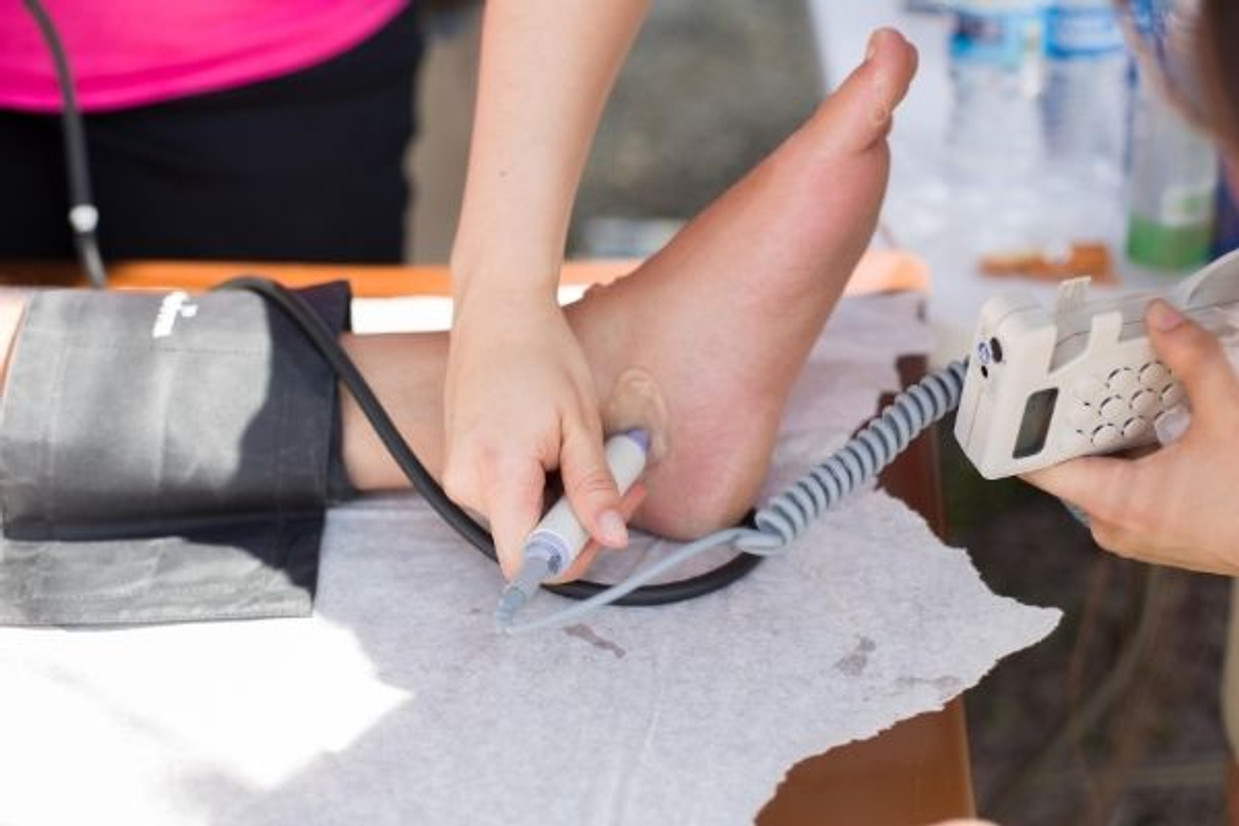Why and How Is Ankle-Brachial Index (ABI) Testing Done?
The ankle-brachial index is a useful test solution that’s easy to perform due to its non-invasive nature. ABI testing allows healthcare professionals to check the blood pressure in patients’ lower extremities efficiently and accurately. Many individuals have healthy circulation, but those with narrow arteries may encounter impeded blood flow.
Ankle-brachial index testing is vital to assess if veins are preventing adequate blood flow in the lower limbs. Why and how is ankle-brachial index (ABI) testing done? Let’s examine the details of this test, including its processes and result interpretations.
Why Perform an ABI Test?
Why and how is ankle-brachial index (ABI) testing done? The core objective of ABI testing is to analyze poor blood circulation due to the potentiality of peripheral artery disease (PAD). This test is critical for early detection, diagnosis, and prevention of further complications or advanced progressions of PAD.
Plaque build-up within the arteries significantly affects suitable blood flow to the legs. Hence, the lower limbs do not receive the required oxygen levels they need. Those who have PAD have a heightened risk of stroke, heart attack, or coronary disease. Ergo, ABI tests are timely screening recommendations for those currently experiencing symptoms.
Typical Candidates for ABI Tests
PAD is a condition that can affect any age group but most commonly affects patients aged 50 or older. Prevalent symptoms include pain, cramping, numbness, weakness, heaviness, or coldness in the legs and skin that appears pale, bruised, or blue-hued. These symptoms may arise after walking a specific distance or time and are only relieved upon resting the lower limbs.
Certain factors that increase a patient's risk of PAD are a history of smoking, high blood pressure, high cholesterol, or diabetes. These candidates can benefit from a simple ABI test to keep their heart and vascular system in the best shape possible.
What Happens During an ABI Test?
The ankle-brachial index essentially measures blood flow in definable areas using blood pressure cuffs and measurable tools. The use of a Doppler ultrasound to measure waveform is the most clinically-accepted ABI testing method. An ultrasound blood flow detector known as a Doppler probe analyzes the pulse of major arteries and vessels in the limb. A medical professional places the handheld probe over the affected area of the body to listen and compare blood flow in the vessel.
Cascade Health Care readily supplies healthcare professionals with a portable vascular doppler for use in PAD screening via ABI testing. Easily usable with readable displays, these dopplers from well-known manufacturers ensure accurate results with versatility, sensitivity, and reliability.
Recent Posts
-
Must-Have Tools and Instruments for Obstetric Care
Obstetric care demands a unique blend of clinical expertise, intuitive patient management, and preci
-
Positions for Out-of-Bed Laboring During a Home Birth
For midwives, doulas, and other healthcare professionals who attend home births, facilitating a safe



